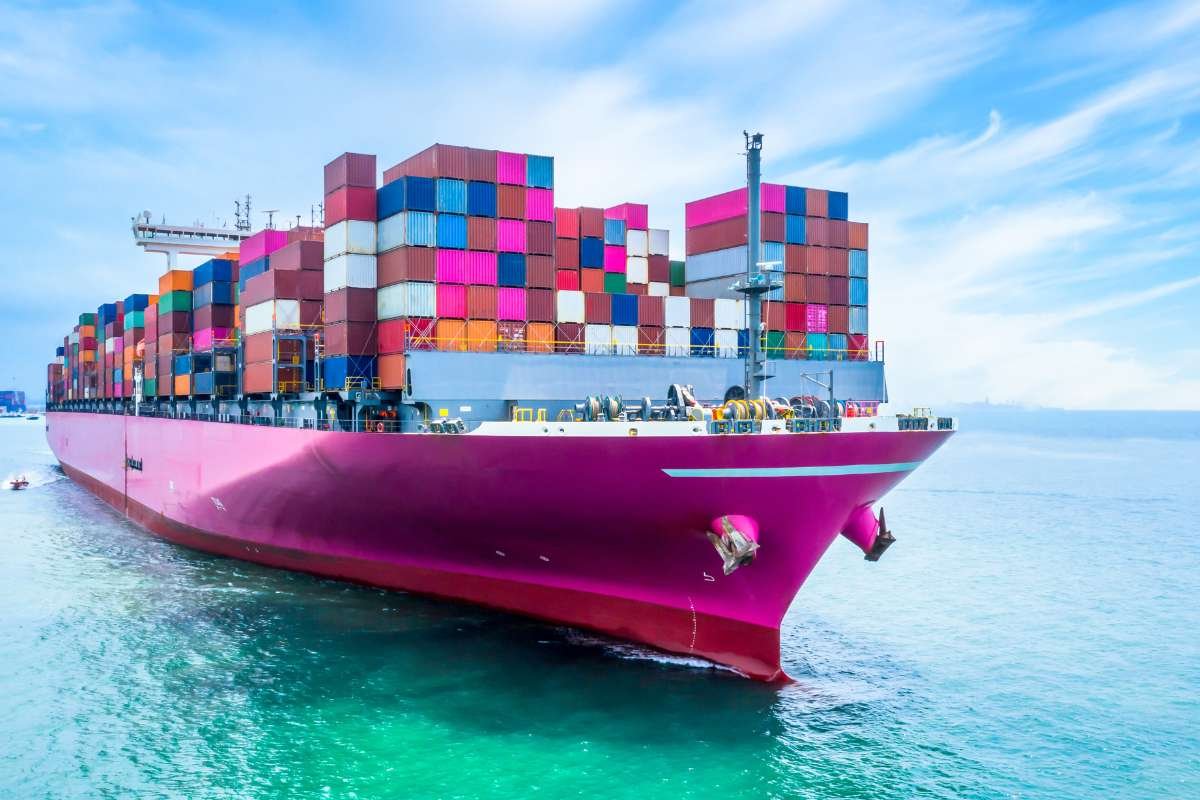According to the Linguistic Society of America, there are 7000 languages in the world. In the age of globalization, the internet has allowed every business to spread its wings and break the geographical barrier. A business that wants to play on a global level will need translation services to reach out to audiences in different languages. Translation service refers to changing the original written text from one language to another. It is a key business function now for many big and even small organizations that have clients overseas speaking another language or want to reach them.
There are many translation methods that can help your business reach the target audience. A good understanding of them will help you select the best method suited to your needs.
Here are Different Types of Translation services for Business Needs:
1. Basic Translation

Here, the text is translated from the source language to another language or even several languages, while maintaining accurate grammar and syntax. This is the most common method. The process is complex as each language is different with its own rules and practices. The work has to be accurate. The original meaning must be retained and the target reader should be able to understand precisely what is written. A translator can work on the copy of the website, technical publications, marketing materials, user manuals, scientific journals, medical documents, and others.
2. Localization
This method complements and contrasts with basic translation. There are some vital differences between translation and localization. Localization is much more than rewriting the copy. It is a cultural approach that includes design, transactional, and cultural elements for specific audiences. For instance, the content will be different for Spain, Argentina, and Mexico, though people in all three countries speak the same language, which is Spanish. That’s because there are always local dialects and versions even for the same language. This can be critical for effective communication.
3. Transliteration

Transliteration refers to translating a copy based on phonetic similarity. So, the words in one language can be understood by people who speak a different language. The translation document services here will deal more with pronunciation instead of the meaning. The copy thus will be better understood by those who don’t know the alphabet of the language. Words like pajamas (origin – Urdu) and karate (origin – Japanese) are good examples. You will also find such work in restaurant menus.
4. Transcreation
This technique combines “creation” and “translation”. Here, the copy is changed to ensure that it is culturally right for the new language. In doing this, the intention of the message, its tone, and the original style will be preserved. Transcreation is a common practice in advertising and marketing for writing and creating slogans and messages for the global audience. A transcreation specialist is a creative person and should have a cultural understanding of people speaking a foreign language.
Human Translation vs. Machine Translation
Machine translation – Referred to as MT, in this process, software will translate the copy automatically into any language. No human intervention is needed. Google Translate is a good example of this.
Human translation – In HT or human translation, an expert, often a linguist will be converting the text manually.
These days, there are some machine translation tools that can do the job automatically, such as English to Spanish interpreter online services. This means you don’t have to hire a human translator. Yes, it is a fact that a machine can translate text very quickly. An entire novel can be translated in under five minutes.
But can you depend on machine translation, especially when your business success in a foreign land may depend on it? Probably not! MT is still not accurate even after many AI and other advances. Even the slightest error can be disastrous for the business. No machine or automation can take into account cultural sensitivities. A few years back the famous KFC tagline “finger-licking good” was wrongly translated as “we’ll eat your fingers off”. Can your business afford to make such mistakes?
Why You Should Select the Best Translation Company?

A human translator will always be better than a machine translator. Always select the best service provider irrespective of the cost. Here are the top reasons for working with the most qualified person or agency –
- Eliminate communication errors – When you work with an experienced and qualified translator, you will be able to avoid misinterpretations and errors, which can hamper the reputation of your organization.
- Ensure logical flow of words – There won’t be any issues with the order of the text. You need to depend on the translation service because you may not know the foreign language yourself and so, may not be able to monitor the work closely.
- You will save time and avoid hassles – Errors can be costly even if you manage to catch them before the message is presented to the audience. The job has to be done again, which will cost you time. You may miss out on the right time to enter the foreign market. You cannot take a chance, especially when speed is essential. There cannot be any trial and error.
Translation service is critical for a business that is planning to reach out to people who speak a different language. A large majority of people prefer to read in their own language and value businesses that have made the effort to reach out to them. A good human translation service will ensure effective communication without any errors. It will take into account the cultural elements and linguistic details. As a result, the business will be able to reach out better to the audience.


















